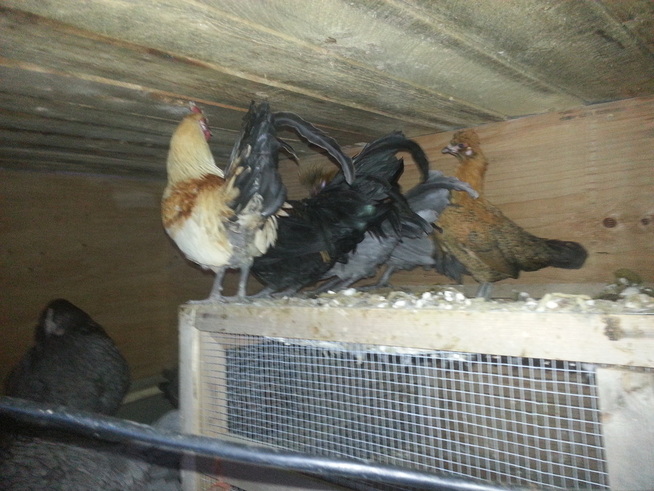
The next coop is the insulated pink coop with a window and pop door. There are three rows of perches and a cage which housed the wayward bantams who were locked in at the start of the brutal winter because they preferred to be in the tree. After one froze and fell out, the rest were caught and caged, since locking them in was only good for as long as the door was shut - then they high taled it back to the tree roost. Now they roost ON the cage instead. Gross! The perches remain clean, but the cage is yucky. The guineas, Chanteclers, and bantams live in this coop, plus the Muscovy ducks, who like the climate better than the waterfowl house. This coop has an infrared heat lamp for those who like to bathe in the warmth of the light, and nest boxes in case they are inclined to lay an egg, which the Partridge Chanteclers have done all winter long.
The third coop is a hoop shelter half covered with plywood and corrugated plastic. It is not insulated but has a cool design that keeps the heat in very nicely, with the birds providing the majority of the warmth for themselves. The Ameraucanas have adopted this coop, plus the white Chanty rooster and a few of the bantams. They do not mix with the rest of the birds for some reason, likely because they were raised in isolation from any contact for the first 8 weeks of life. They are flighty and unfriendly towards chickens, humans and dogs. I would suspect that their poor socialization is the reason for their self isolation. I plan to keep the eggs and raise a new bunch of Ameraucanas from them and sell these to one who does not mind their unfriendly demeanor.
And that is who lives in the Fat Ewe Farm coops.

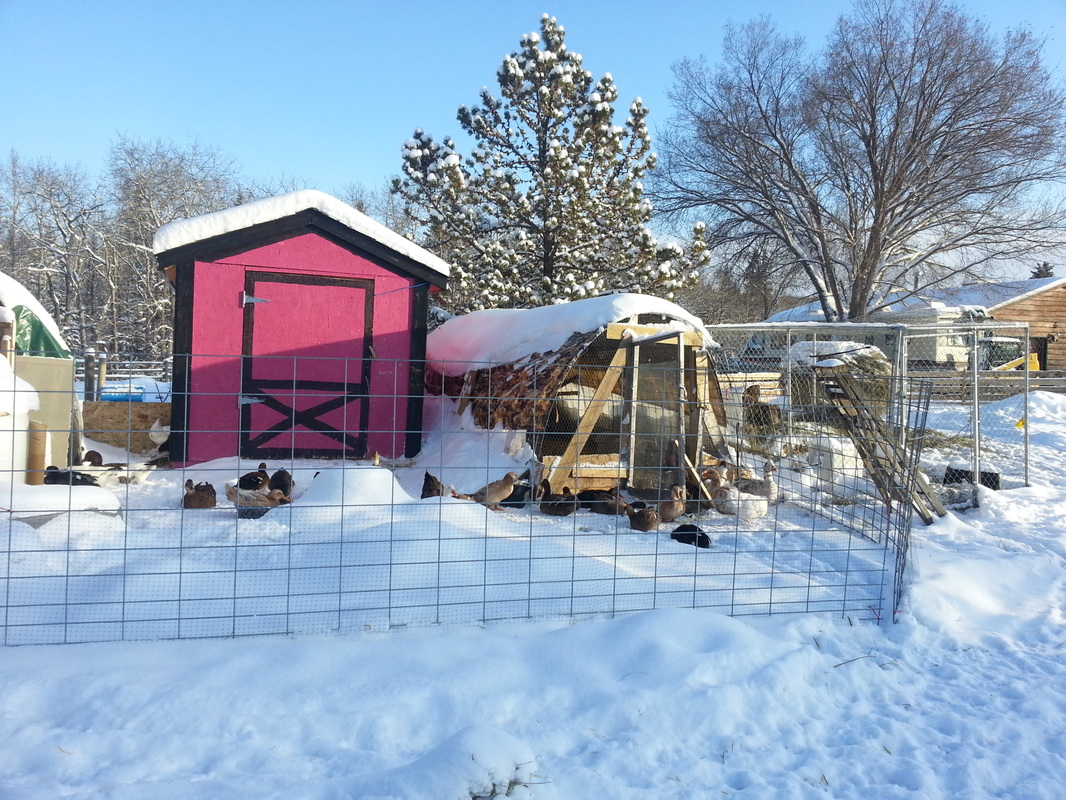
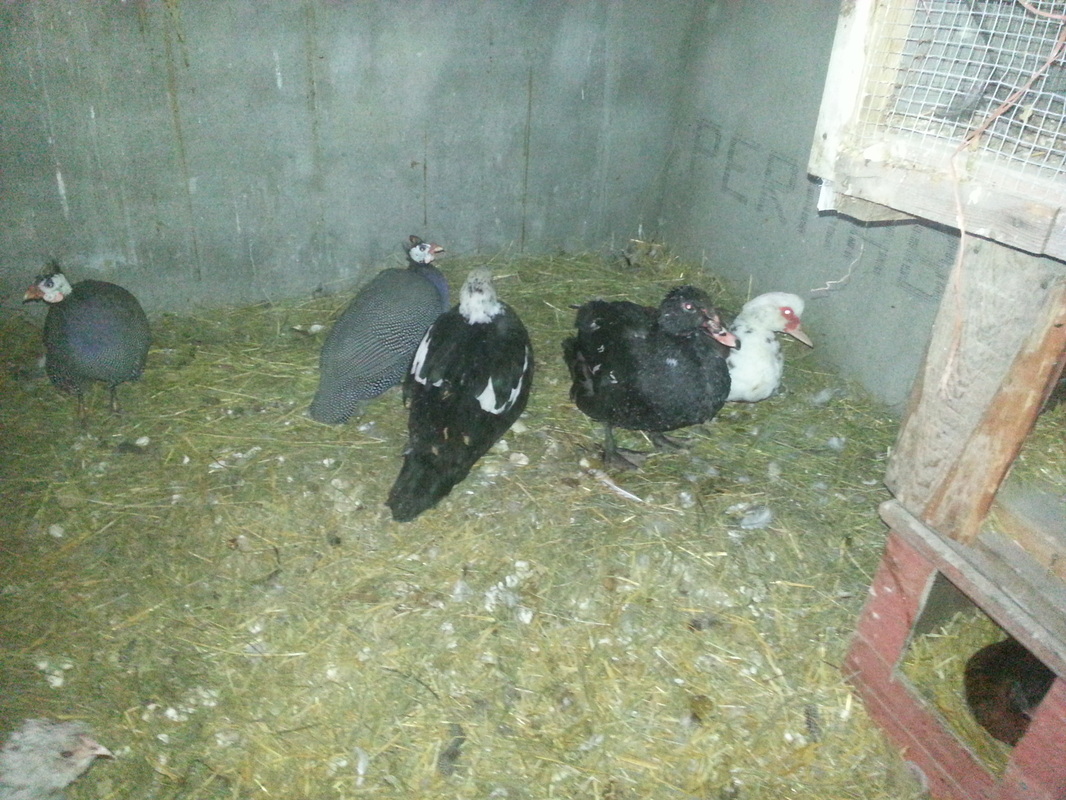

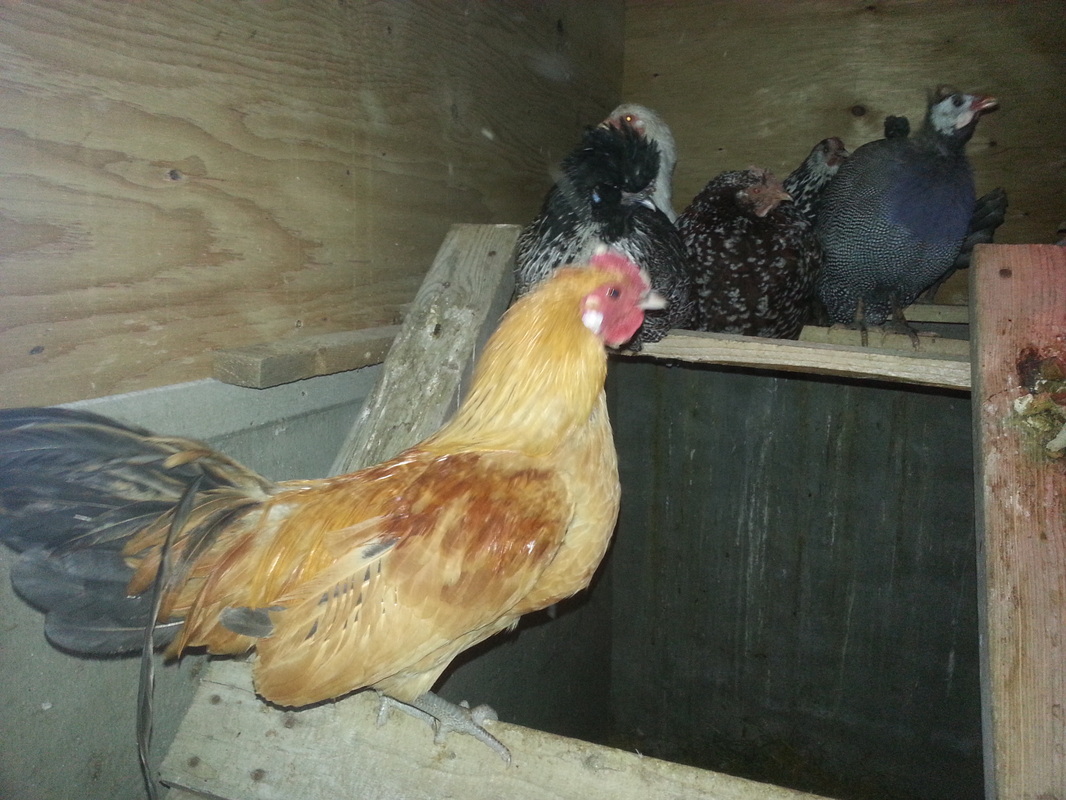

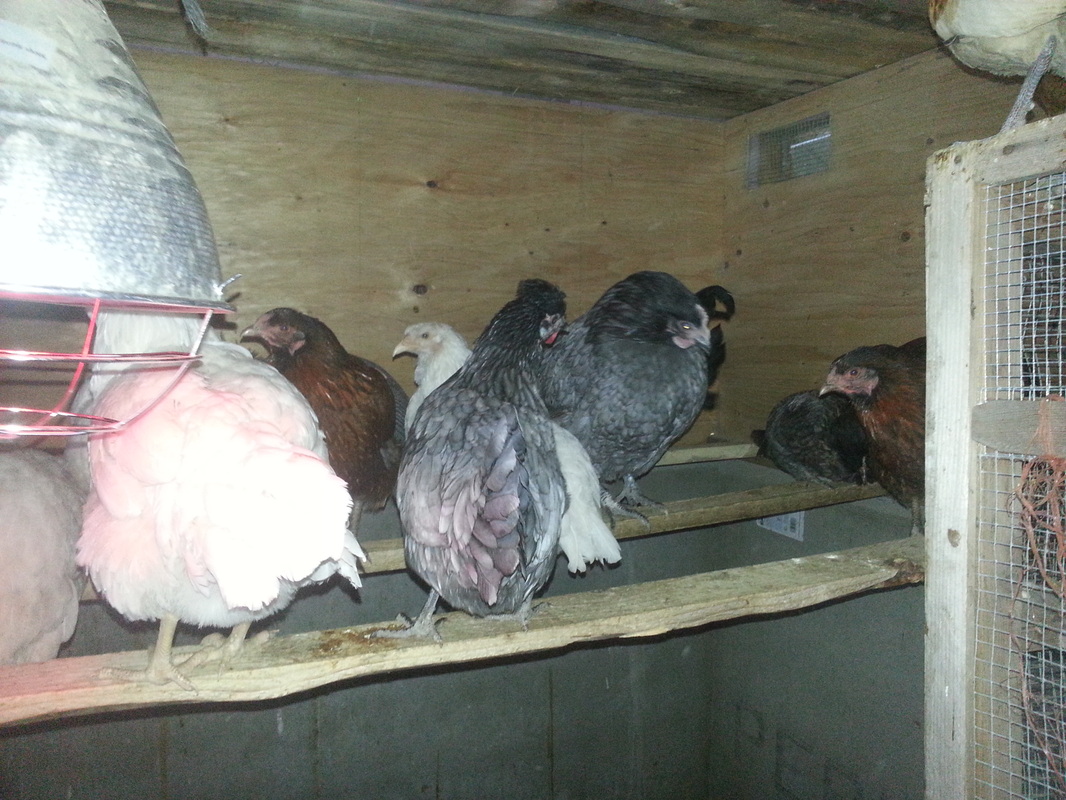
 RSS Feed
RSS Feed